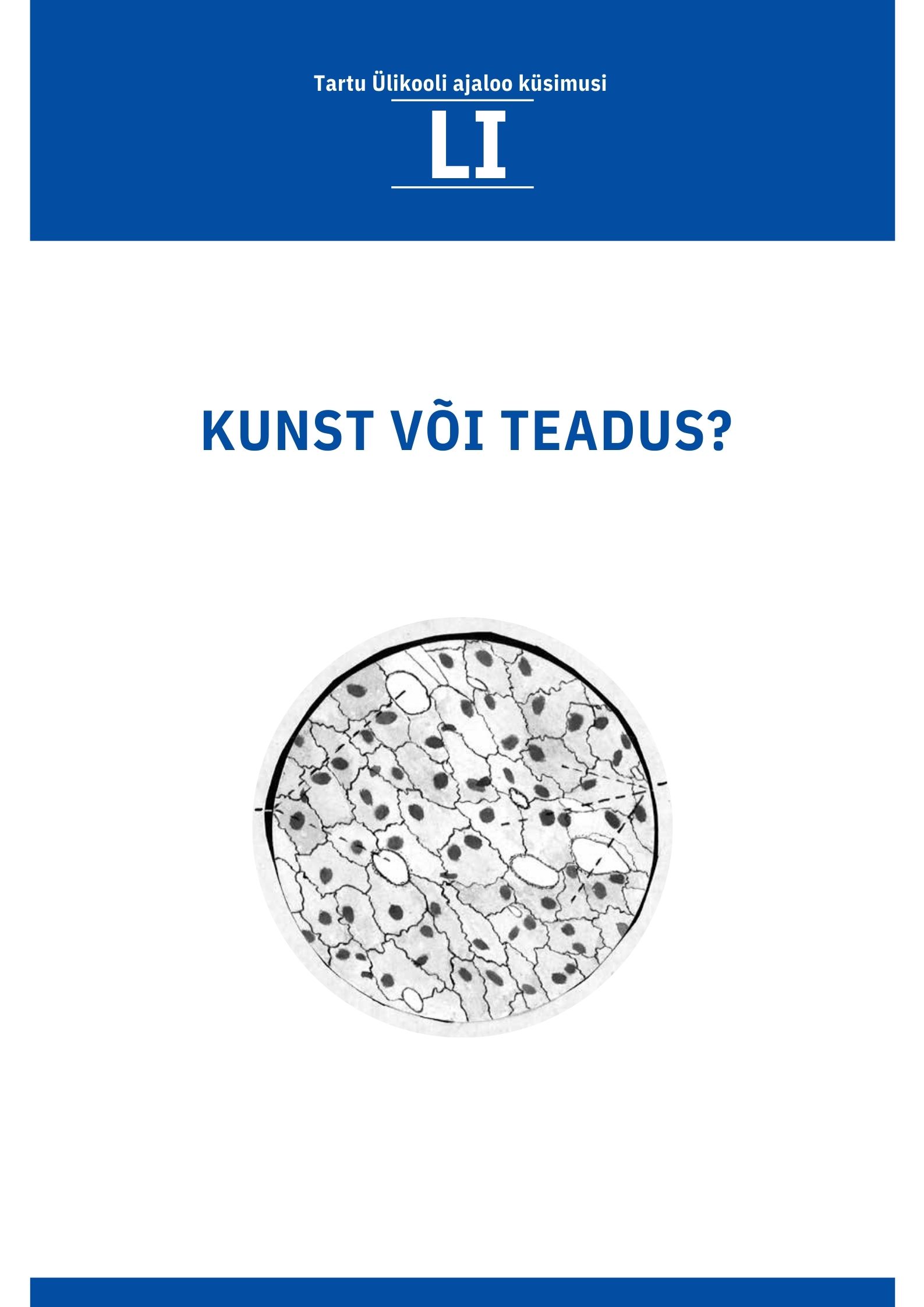Illustratsioonidest bioloogiadoktor August Vaga loodusloolistes kirjutistes
On illustrations in natural scientific publications of Doctor of Biology August Vaga (1893-1960)
DOI:
https://doi.org/10.15157/tyak.v51i.23351Abstract
The tradition of using illustrative material in teaching and research
became rooted in universities in the 19th century and continued into
the 20th century using new methods of treatment. It was self-evident
that biologists, geographers and ethnographers could make drawings
of what was being researched and described. The tools of natural
scientists included sketching skills and mastery of other graphic devices.
Although World Wars I and II brought groundbreaking changes
into Estonian higher education policy, including the selection of
staff, the use of illustrative material in teaching and research at the
Faculty of Mathematics and Natural Sciences at the University of
Tartu (later Faculty of Biology and Geography of Tartu State University)
continued and broadened.
Doctor of Biology August Vaga (1893–1960) started to study natural
science at the University of Tartu before World War I and grew
into a natural scientist in the 1920s–1930s. He graduated from the
university in 1923 with the degree of Master of Natural Science and
continued researching problems of plant taxonomy and morphology
at the university in 1931. Meanwhile, from 1923–1931, he worked
as a teacher of natural science in secondary schools and participated
in the reform of the Estonian school system. He translated the
textbook of zoology by Juli[us] Nikolayevich Vagner (1865–1945) into
Estonian, compiled the curriculum in zoology and wrote a textbook of
botany for secondary schools. The reprints of the book with the author’s
amendments were used until 1944.
Having begun research at the Laboratory of Plant Morphology and
Taxonomy at the University of Tartu under Professor of Botany Teodor
Lippmaa, August Vaga delved into the problems of plant anatomy
and ecology. In 1940, he defended his doctoral thesis on theoretical
problems of phytocoenology and continued to research this theme
during World War II and in the post-war years. Working as Head of
the Department of Plant Taxonomy and Geobotany at the University
of Tartu from 1944–1956, Professor Vaga initiated the publication of
the compendium Estonian Flora. Being one of the main authors of
the compendium, he also studied theoretical problems of geobotany,
history of botany, etc.
From his gardener father, August Vaga had inherited an interest
in nature and a talent for art. The schoolbooks illustrated by August
Vaga and the drawings, maps, etc. he made as a scientist for
his research articles and study materials provide an example how
the distinct visuals – illustrations, drawings or photos – played their
role in mediation of knowledge under different political regimes. In
retrospect, Professor August Vaga has been highly appreciated as a
lecturer and scientist at the University of Tartu, but his artistic side
has remained unnoticed.
As a good drawer, August Vaga could capture the forms of nature,
organise surfaces by lines and texture, see the general whole, but also
the details. While working as a secondary school teacher, he applied
his artistic talent to illustrating textbooks. The drawings of plants
in botany textbooks have been realistic and the species are clearly
recognisable. Realistic plant drawings were soon replaced with
schematic tissue and cell structures illustrating his research papers.
Publication of research papers added the experience of treating the
scientific drawing as a language of international communication. The
significance of drawings as auxiliary material for research papers
kept increasing. In the years of Soviet occupation, the drawings in
the publications helped overcome several gaps in the command of
language in international scientific communication.

